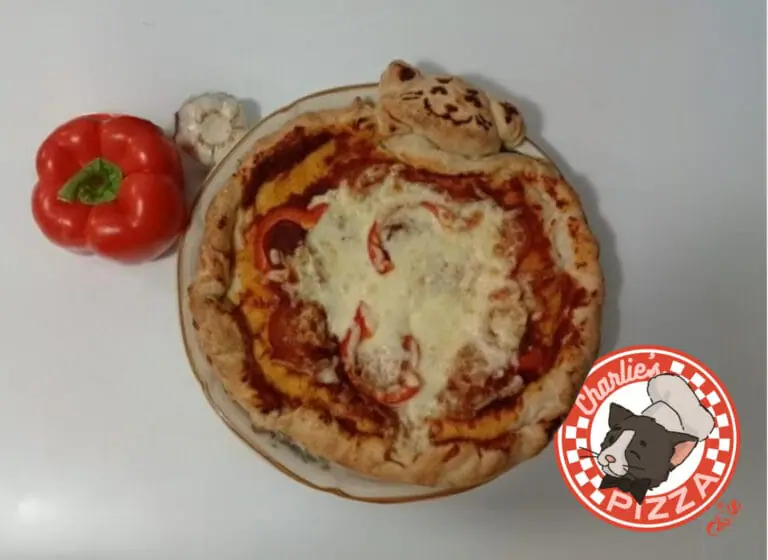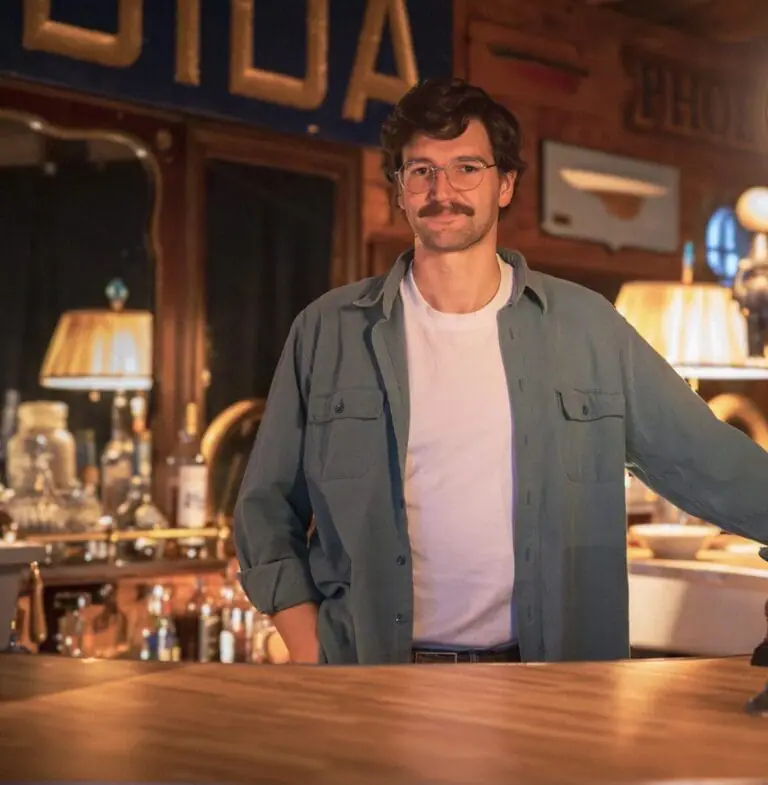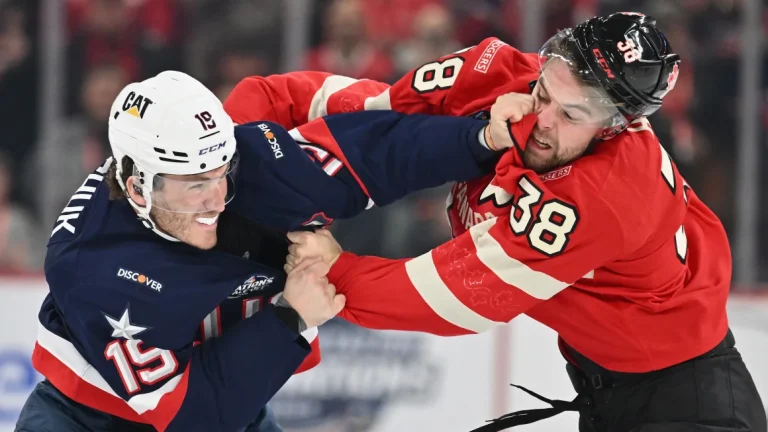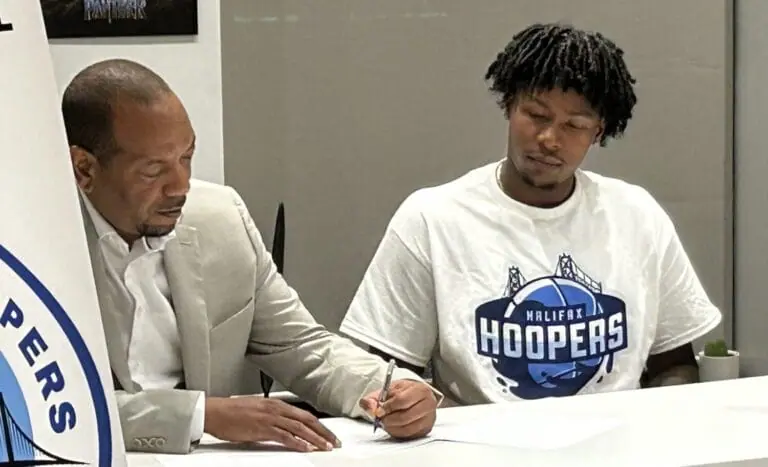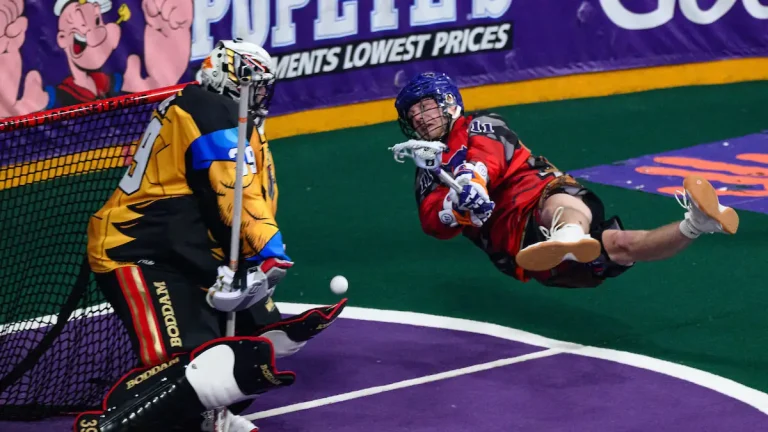Pizza, a well-loved party classic, is one of the most familiar flavours to a university student, outside of Blue Razz — whatever that’s supposed to taste like.
You know it, you love it. Everyone has their favourite toppings, and toppings they can’t stand. It’s the ultimate comfort food for late-night study sessions, post-bar cravings and everything in between.
There’s charm in waiting for the delivery guy, sure, but there’s also something more satisfying about pulling a homemade pizza out of the oven, watching the cheese stretch as you take that first bite. Making it yourself means there’s no need for arguments over whether olives belong on pizza (they don’t) or whether the thought of adding pineapple is an unforgivable sin (it isn’t). Yes, I will defend pineapple on pizza. I don’t love it, but it doesn’t taste as awful as some of you seem to think.
While ordering in might be far easier, it’s more fun and special to make it from scratch. You can control the flavours, the crispiness and how much cheese you want — which is, obviously, as much as possible.
This recipe gives you a (relatively) foolproof way to make your own pizza at home with a chewy, golden crust and a flavourful tomato sauce. It’ll be good, trust me, whether you stick to the classics or get adventurous with the toppings — there’s no better slice to enjoy than one you made yourself.
Recipe ingredients
Dough:
- 2 cups of flour
- 2 1⁄4 teaspoons of dry yeast (approx. one packet)
- 1 teaspoon salt
- 1 teaspoon sugar
- 2 tablespoons olive oil
- 3⁄4 cup warm water
- 1 tablespoon dried oregano
Tomato Sauce:
- 1 can tomato paste
- 2 tablespoons sugar
- 1 tablespoon dried oregano
- 1 tablespoon garlic powder
- 1 tablespoon onion powder
Toppings:
- 1-2 cups mozzarella, shredded
- 1⁄2 cup pepperoni
- 1⁄2 cup chopped bell pepper
Preparation instructions
- Combine one cup of flour, yeast, sugar, salt, oregano, water and oil in a medium-sized bowl. Gradually add the remaining flour, mixing until it forms a sticky, elastic dough. Set aside in a well-oiled bowl and allow to rise for approximately 30 minutes, until the dough doubles in size. While the dough rises, preheat the oven to 425 F.
- For the sauce, combine tomato paste, sugar, dried oregano, garlic powder and onion powder in a small bowl until the sauce is thoroughly mixed. Once the dough has risen, remove it from the bowl and spread the dough into a large circle, approximately half an inch thick.
- Spread the sauce on the dough evenly, then top with cheese and toppings. Bake for 20 minutes, or until the dough is golden brown and the cheese is melted.
- Slice and enjoy!

